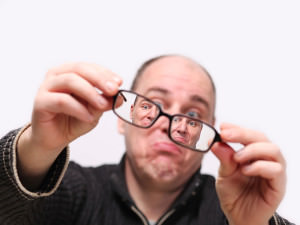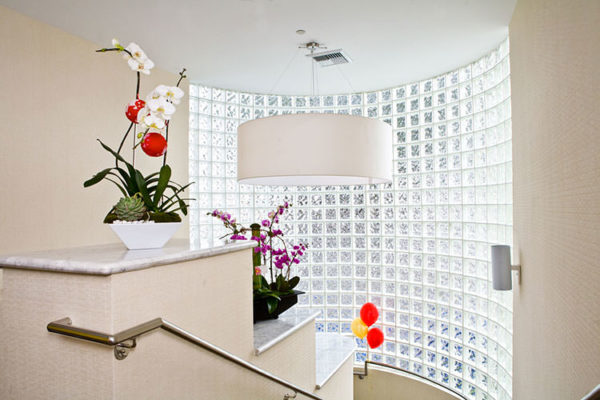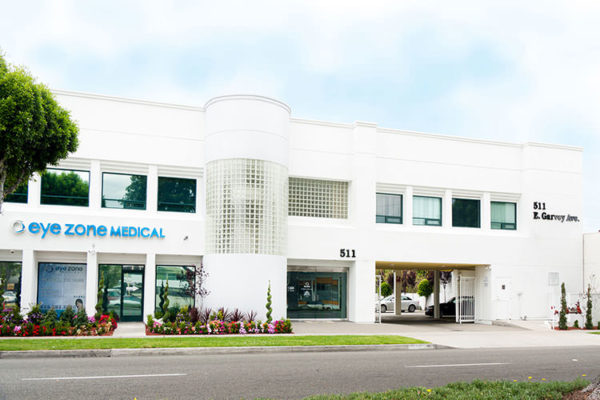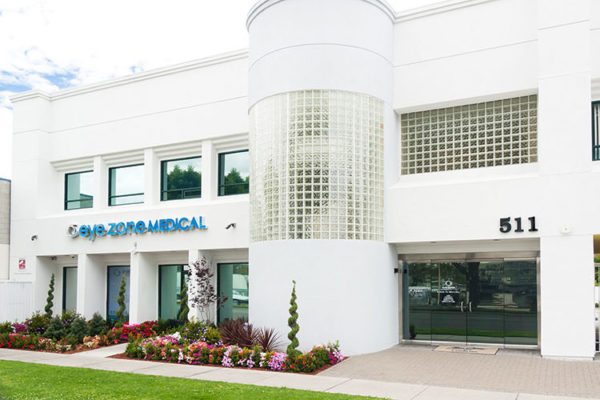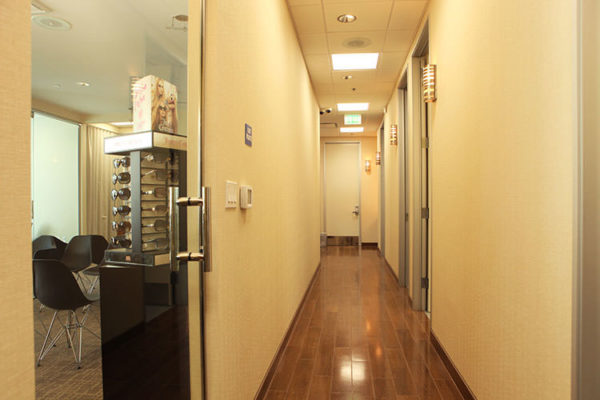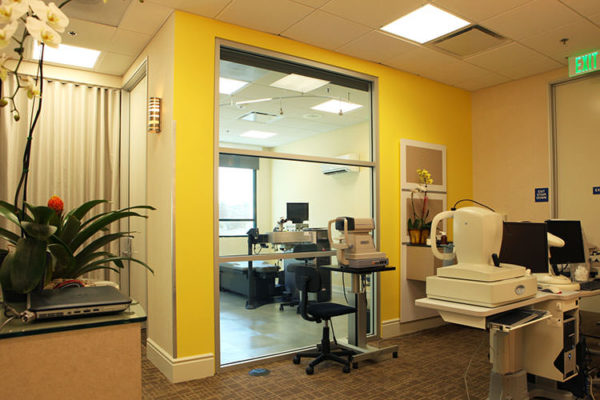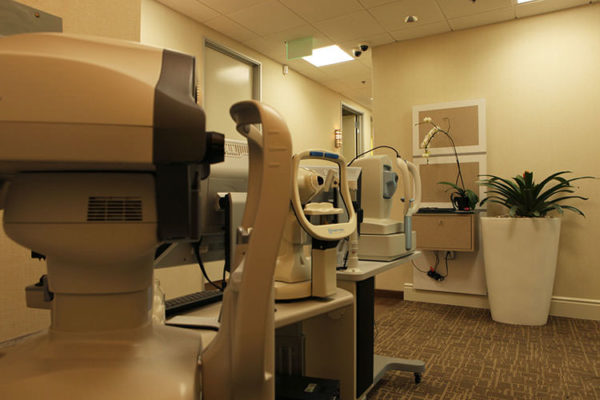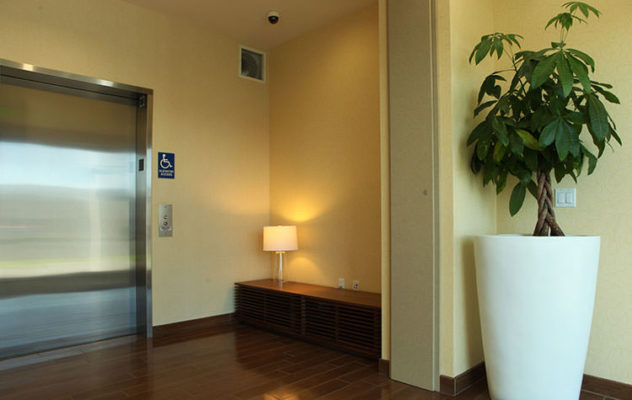Virtually everyone over the age of 40 is affected with age-related farsightedness, and need to use glasses for reading. Monovision is an alternative for those who are affected by myopia, hyperopia, and astigmatism, simultaneously with presbyopia. It is used to describe a treatment arrangement where one eye is treated for distance vision, and the other one for near vision. Although the LASIK procedure has greatly advanced over the years, it is limited in that only one permanent prescription can be put in the eye. It has not yet reached the point where a distance prescription and a reading prescription can both be applied, like bifocals glasses do. Monovision is a visual concept that works well for most, but not all presbyopic patients. Before a decision is made about proceeding with monovision, you may be asked to undergo a monovision trial with soft contact lenses. The goal of this trial is to simulate what your vision would be like after monovision laser vision correction. The trial should give you a good indication of whether monovision is a treatment arrangement that will suit your needs. Monovision works by completely correcting the dominant eye so that it is focused on distant objects, while leaving a small amount of nearsightedness in the non-dominant eye, in order to allow for near vision. The result is that the dominant eye is better focused in the distance and the non-dominant eye is better focused for near, and when both eyes are used together, reading and distance vision should be comfortably usable. Monovision will enable the patient to see reasonably well for both distance and up close, without the need for glasses for routine activities, such as reading price tags, menus, and cell phones.




